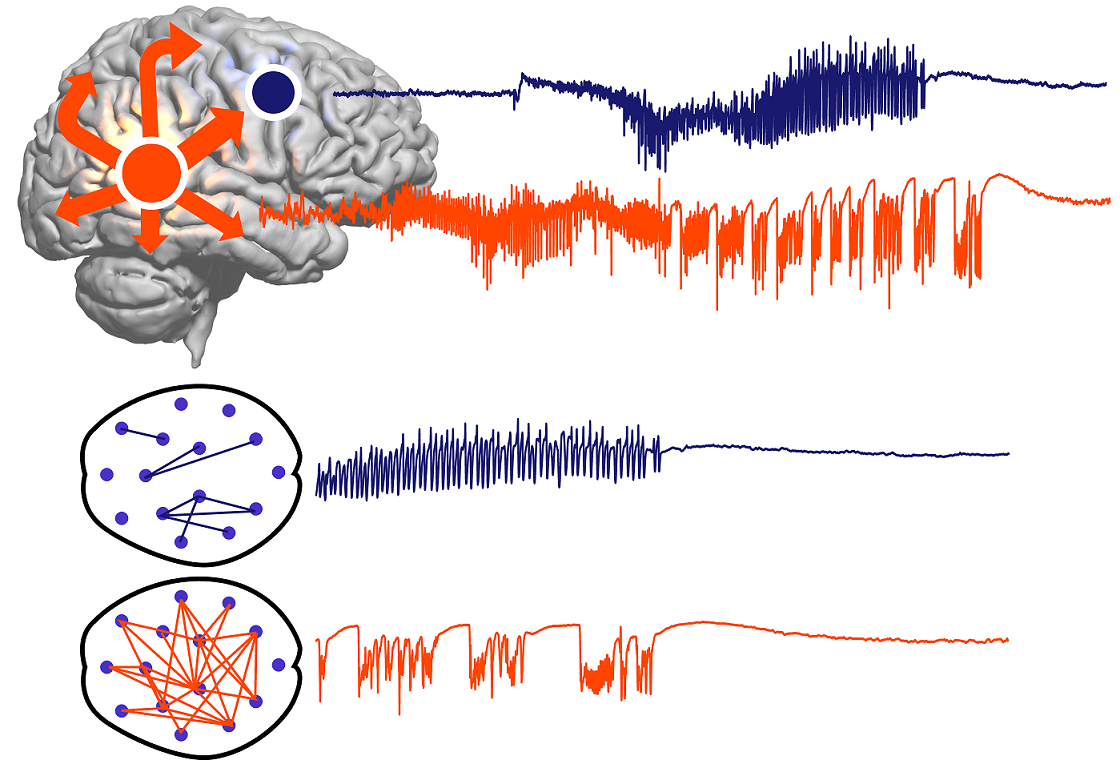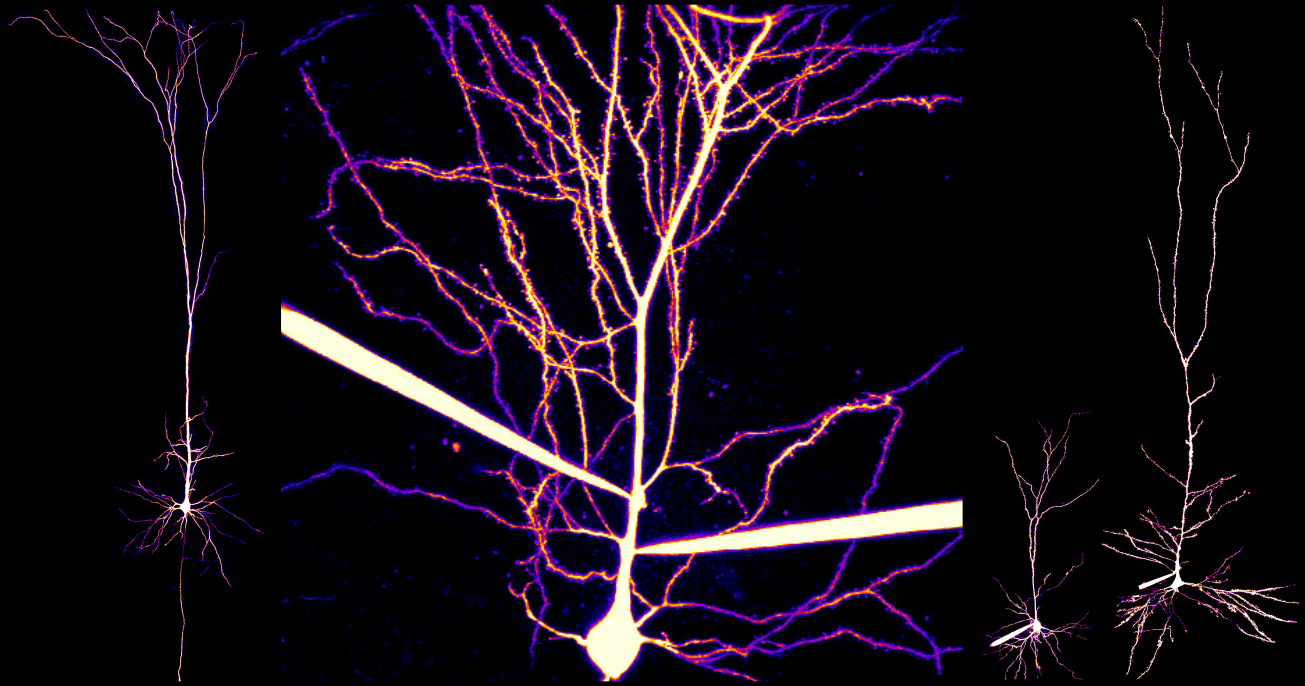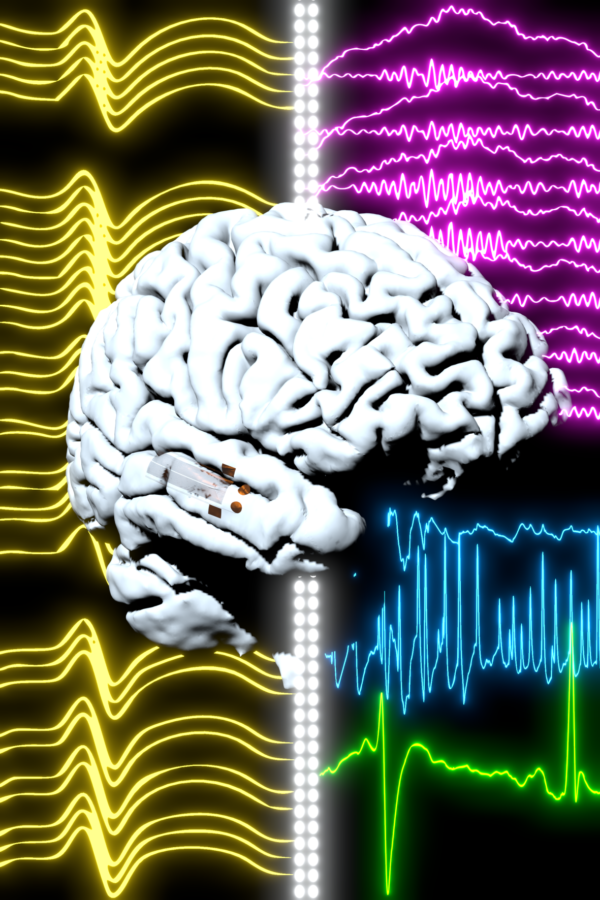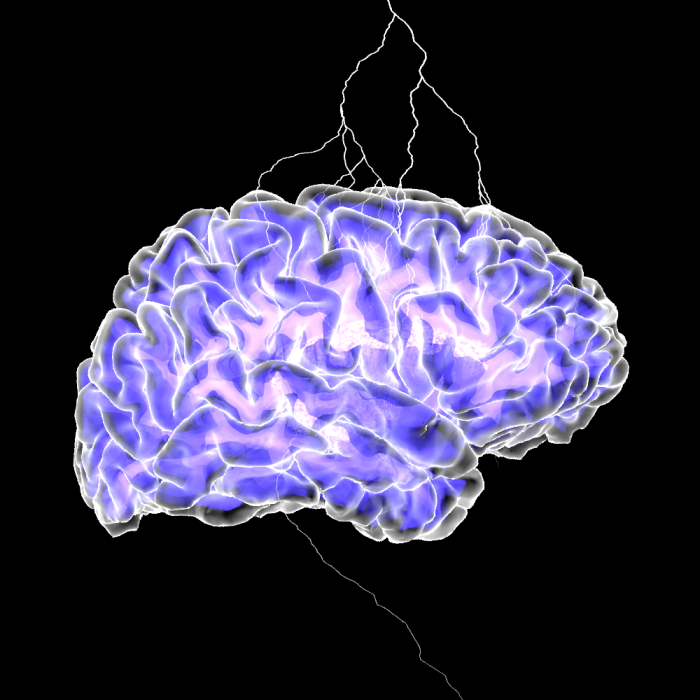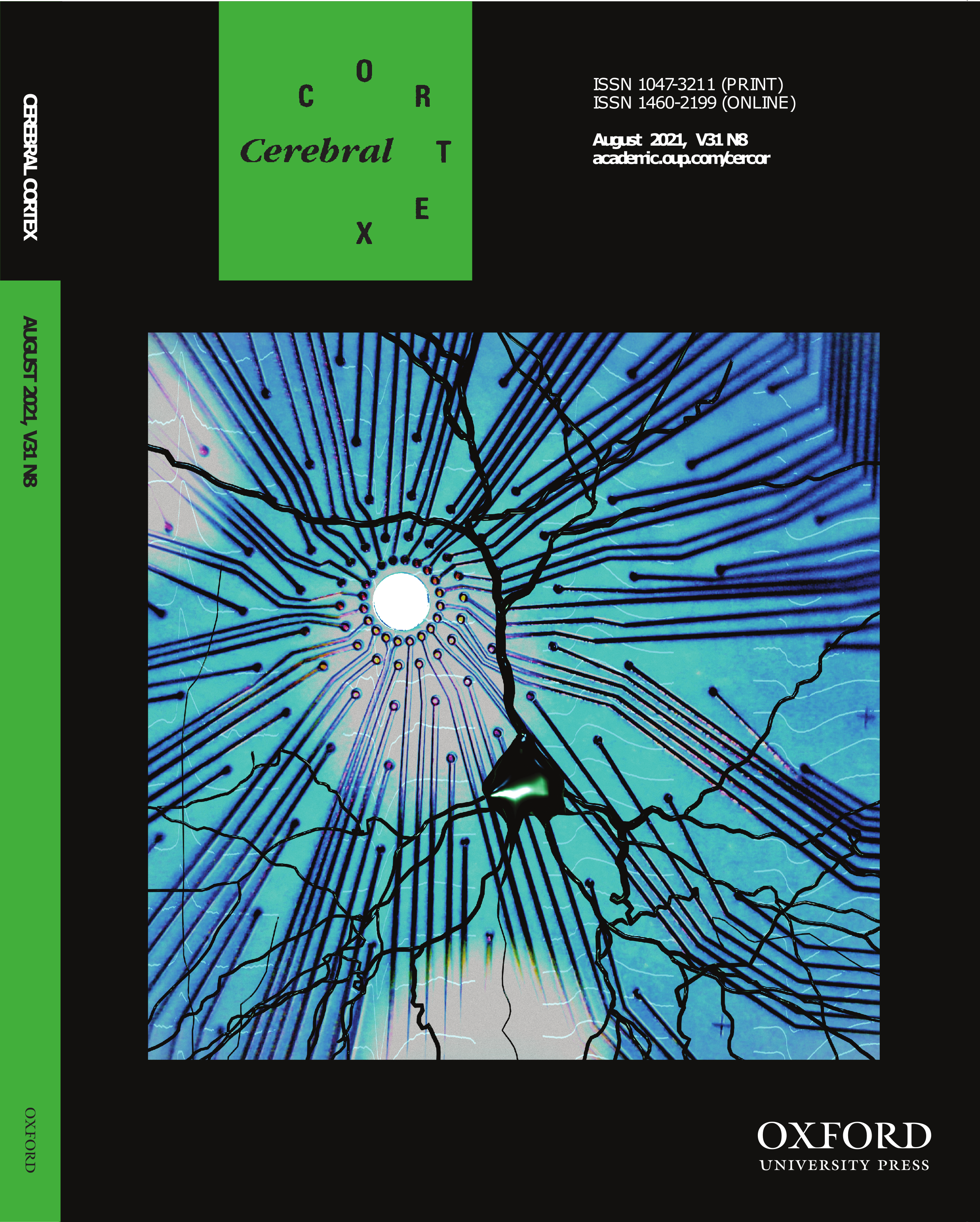Congrats on the publication: Learned Motor Patterns Are Replayed in Human Motor Cortex during Sleep!
scash2022-06-23T11:08:50-04:00Congrats to the team on the publication “Learned Motor Patterns Are Replayed in Human Motor Cortex during Sleep” in The Journal of Neuroscience! Rubin et al. examined single unit activity to examine whether there is motor replay of learned motor patterns in the brain activity of someone sleeping after learning the new patterns. By decoding neural activity throughout subsequent sleep, they found that the could identify neural sequences underlying the recently practiced motor task are repeated throughout the night, providing direct evidence of replay in human motor cortex during sleep. This approach, using an optimized brain–computer interface decoder to characterize neural activity during sleep, provides a framework for future studies exploring replay, learning, and memory. Available at: https://www.jneurosci.org/content/42/25/5007



